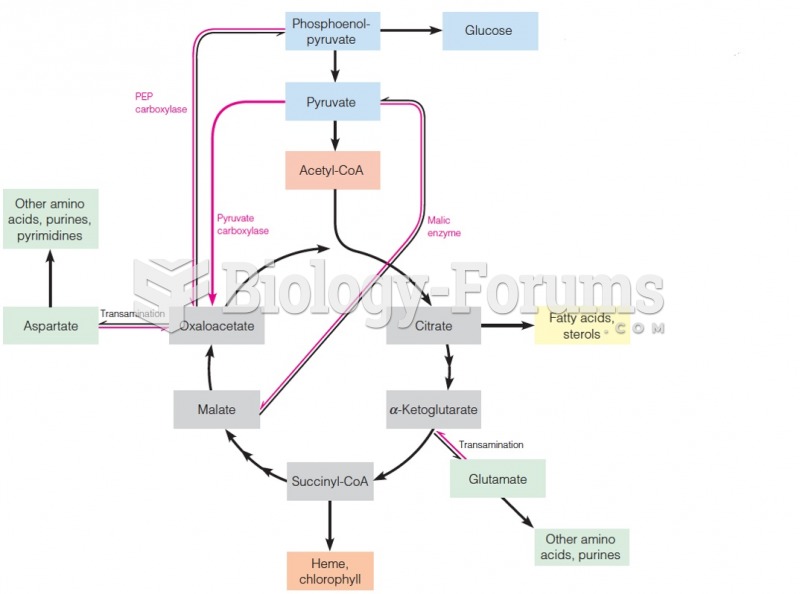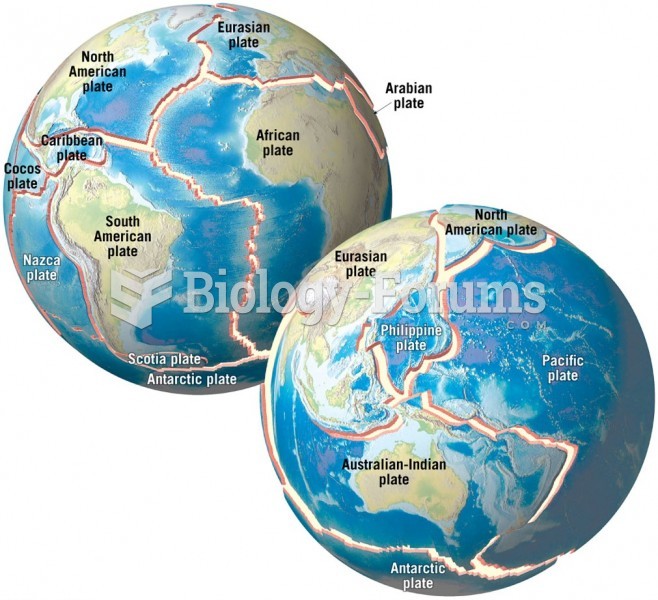Answer to Question 1
Answer: Soil Formation is a result of five major factors. These are parent material, climate, topography, biological activity and time. It is important to note that these factors do not work in isolation.
Parent material is the mineral matter from which soil is formed. Weathering breaks rock down into smaller particles and new chemical forms. This gives the soil its first chemical and physical characteristics.
Climate regulates both water movements and biological activity. Water plays a central role in rock weathering and soil formation. The type of climate determines in part if there would be leaching of minerals, for example.
Biological activity among plants and animals moves minerals and adds organic matter to the soil. Plants produce organic matter that accumulates on the soil surface, and animals redistribute this organic matter through the soil.
Topography affects water movement and erosion rates. Topography also affects the amount of water present in the soil, largely through controlling drainage and erosion. Steeply sloping areas generally have better drainage than flat or low-lying areas, and they are often more eroded. All these factors work over time, typically requiring many thousands of years to create a mature soil.
Answer to Question 2
Answer: Soils are at the interface between the lithosphere and biosphere, and is a critical regulator of the hydrologic cycle. The quality and quantity of soil is being transformed by erosion, accelerated by cultivation. Erosion removes the uppermost part of the soil, which is usually the most fertile part. This removes both nutrients and the ability to store them.
In many agricultural regions, topsoil loss has ranged from 1 or 2 inches to 4 inches to a foot or more. Desertification, a process by which semiarid vegetation and soil become more desert-like as a result of human use, has occurred in semiarid lands around the world. As a result, many fewer animals can be supported by the available forage. Even though the climate of these regions has not yet seemed fundamentally altered, the land appears more desert-like than it did before excessive exploitation by humans.
Worldwide, large amounts of organic carbon are stored in soils, but agricultural activities have contributed to the loss of that organic carbon from soils. Some of this carbon has been buried with sediments eroded from farm fields, and some has been broken down and may have contributed to increased atmospheric CO2. Improved farm management practices that conserve soil also help restore soil organic matter, and are being promoted as a way to offset emissions of carbon to the atmosphere.







